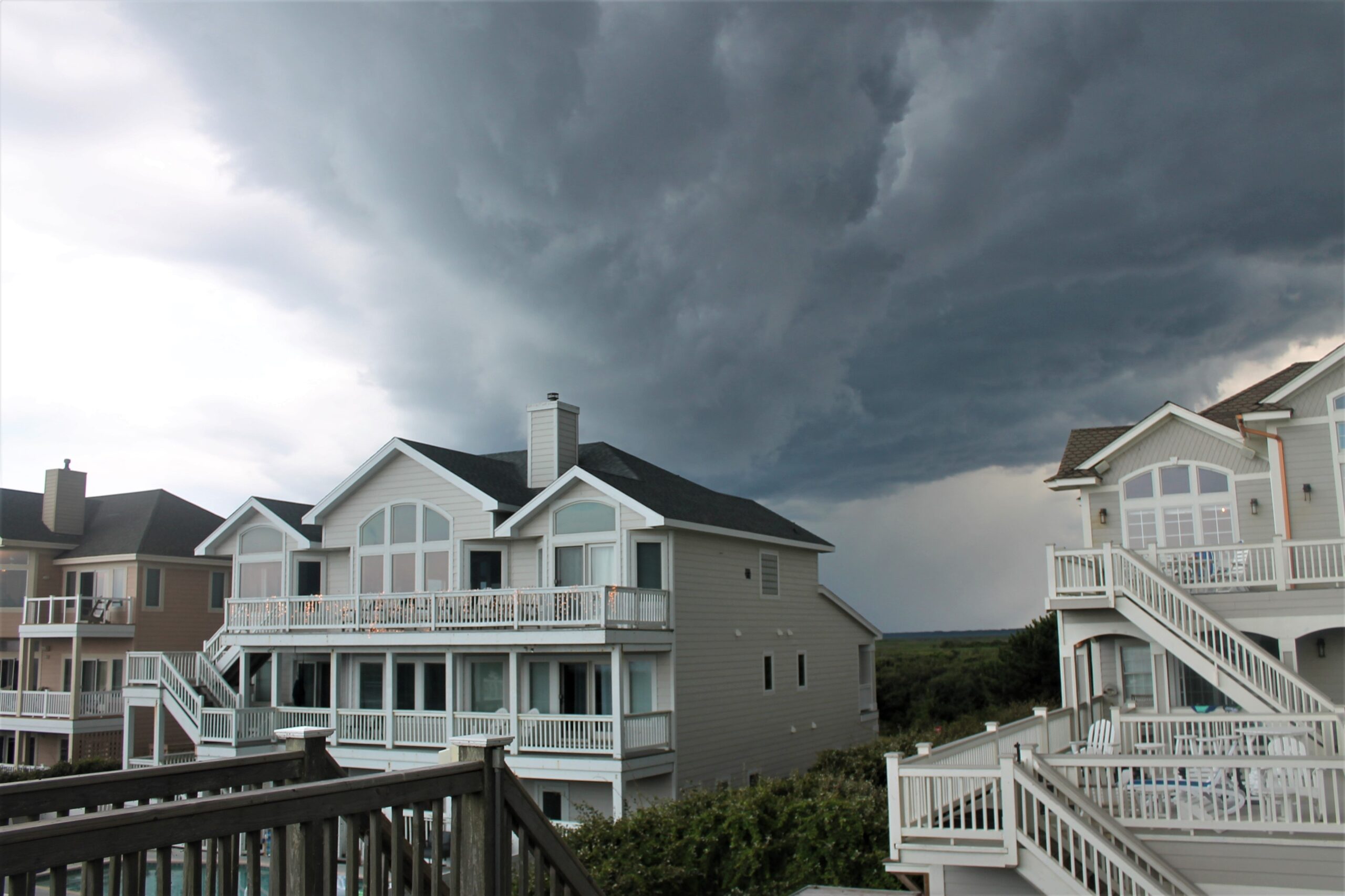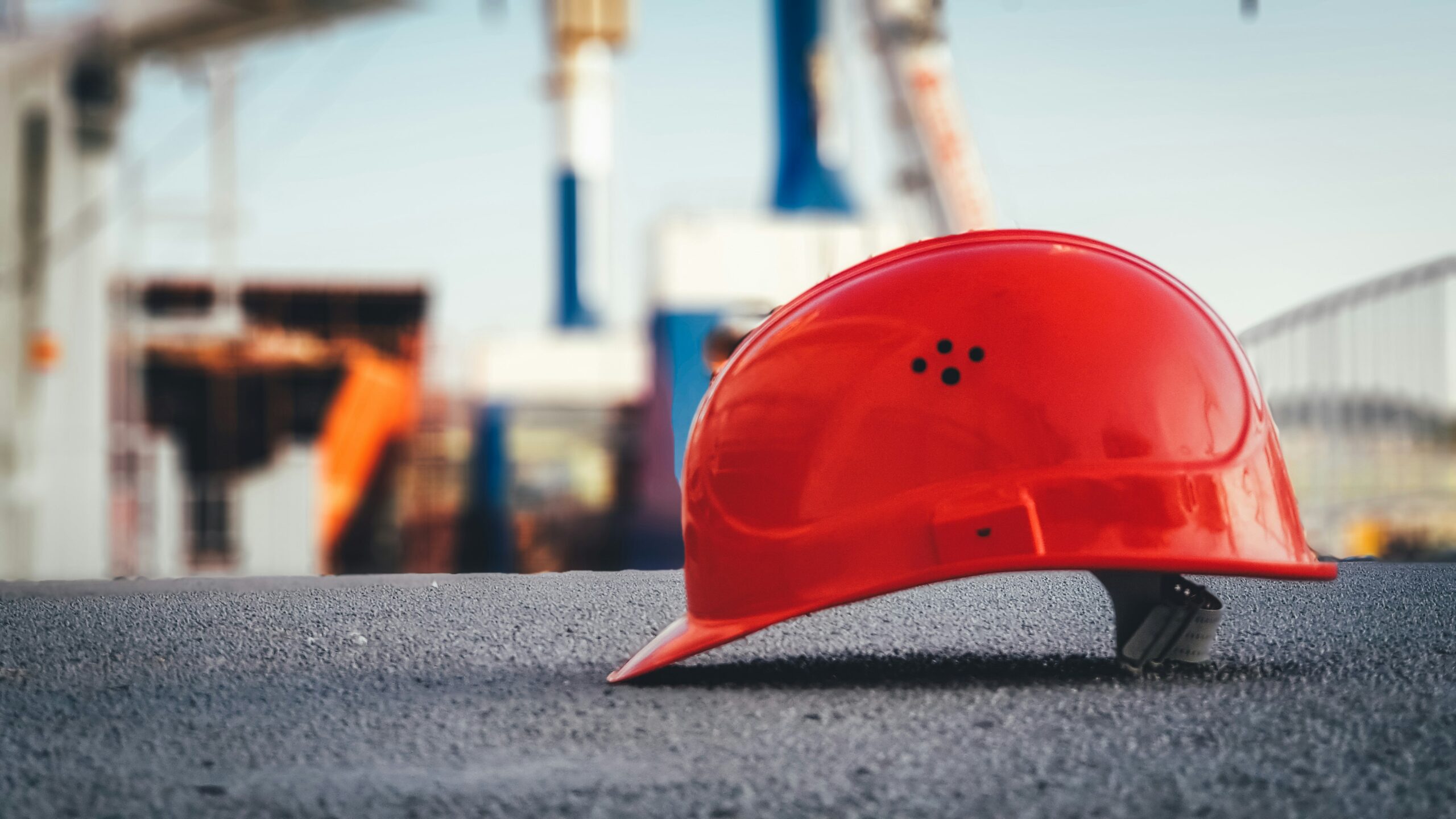How Weather Affects Construction Projects and How to Plan for It
Weather plays a crucial role in construction projects, impacting schedules, worker safety, and material durability. From extreme heat to heavy rain and freezing temperatures, unpredictable weather conditions can cause costly delays and structural challenges. Proper planning and risk management are essential to keeping projects on track. Here’s how different weather conditions affect construction and how to plan accordingly.
1. The Impact of Rain and Flooding
Rain is one of the most common weather-related disruptions in construction. Excessive rainfall can:
- Cause muddy and unsafe working conditions
- Delay concrete curing and foundation work
- Lead to soil erosion and water damage
- Increase the risk of equipment malfunction due to moisture exposure
✅ How to Plan:
- Monitor weather forecasts and schedule work accordingly.
- Implement proper drainage systems to prevent flooding.
- Use waterproof covers for materials and machinery.
- Adjust concrete pouring schedules to avoid excessive moisture exposure.
2. Extreme Heat and Its Challenges
High temperatures can be dangerous for construction workers and materials. Heat can:
- Lead to dehydration and heat-related illnesses
- Cause asphalt and concrete to cure too quickly, reducing strength
- Expand metal materials, affecting structural alignment
✅ How to Plan:
- Schedule labor-intensive work during cooler morning hours.
- Provide shaded areas and hydration stations for workers.
- Use additives to slow concrete curing in hot conditions.
- Monitor worker safety and enforce mandatory breaks.
3. Freezing Temperatures and Snow
Cold weather presents unique challenges, including:
- Freezing and thawing cycles that weaken concrete and materials
- Snow accumulation delaying outdoor work
- Equipment failure due to extreme cold
- Worker discomfort and increased safety risks
✅ How to Plan:
- Use heated enclosures or thermal blankets for concrete curing.
- Store materials properly to prevent freezing.
- Clear snow and ice from work areas before starting daily operations.
- Provide workers with proper cold-weather gear.
4. Strong Winds and Storms
High winds can be hazardous on construction sites, especially when working with cranes and scaffolding. Strong winds can:
- Increase the risk of falling debris and worker injuries
- Make lifting heavy materials unsafe
- Damage unfinished structures and exposed materials
✅ How to Plan:
- Secure all equipment and materials at the end of each workday.
- Establish wind speed limits for crane operations.
- Reinforce temporary structures to withstand wind gusts.
- Train workers on wind-related safety protocols.
5. Planning for Unpredictable Weather
While weather forecasting can provide valuable insights, unexpected changes can still occur. A solid weather contingency plan should include:
- Flexible Schedules – Allow buffer time for potential weather delays.
- Protective Measures – Have tarps, dehumidifiers, and heaters on-site.
- Communication Plans – Keep stakeholders informed about weather-related changes.
- Insurance Coverage – Ensure the project is covered for weather-related damages.
Summary
Weather conditions can significantly impact construction projects, but with proper planning and risk mitigation strategies, delays and safety risks can be minimized. By staying proactive and adapting to changing conditions, construction teams can maintain efficiency, protect materials, and ensure worker safety regardless of the forecast.




Leave your comment
You must be logged in to post a comment.